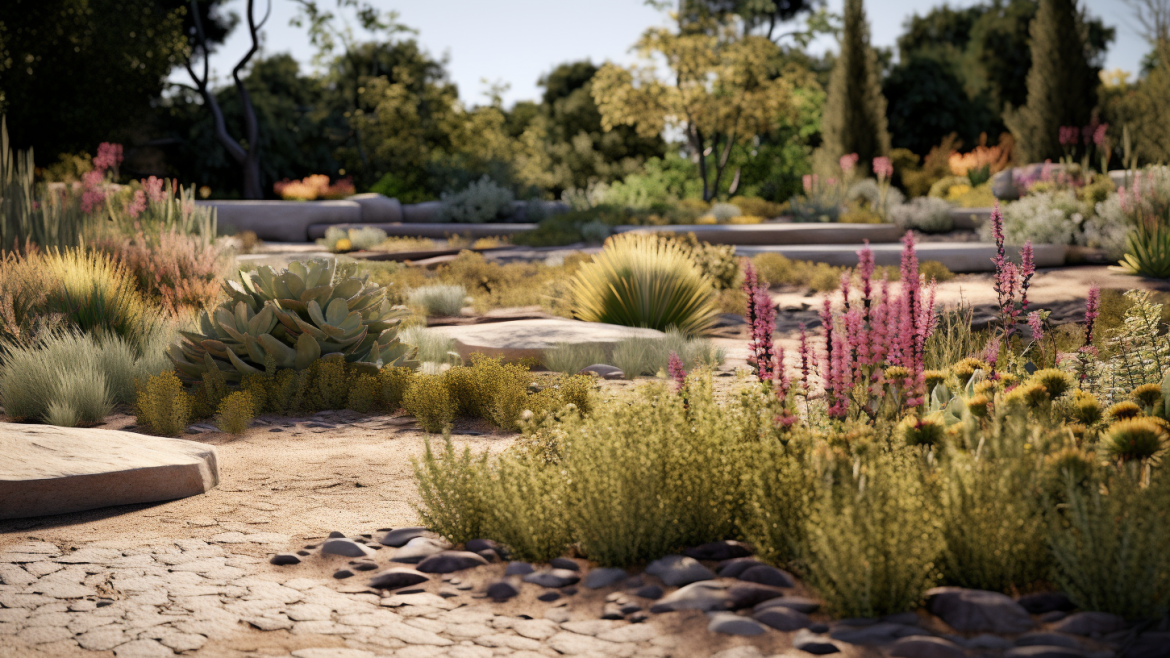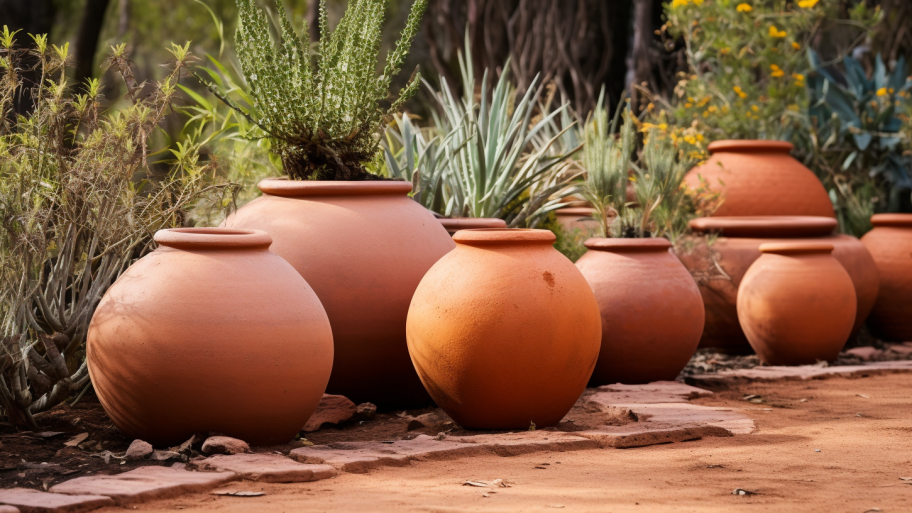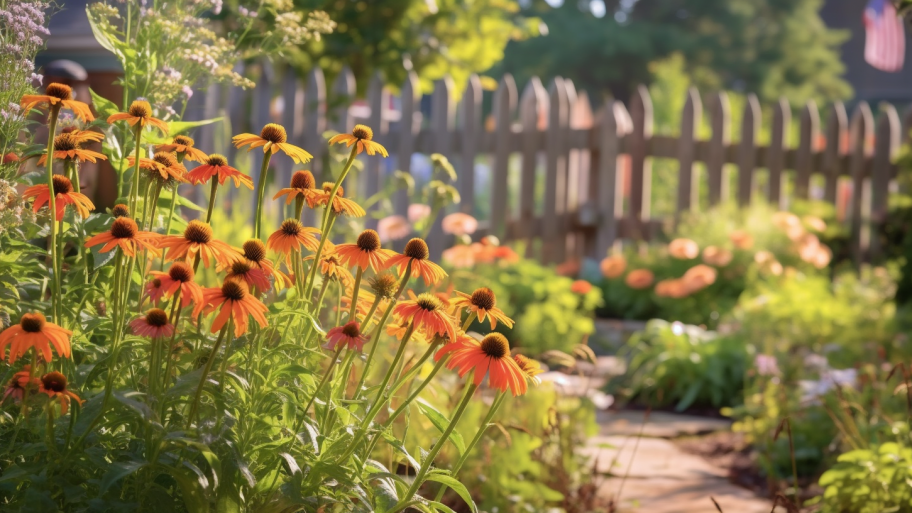Welcome to the world of xeriscaping, where sustainable gardening and arid climates meet in harmony. If you live in a region with low rainfall or are simply looking for ways to conserve water in your garden, you’ve come to the right place. In this first installment of our xeriscaping series, we’ll introduce you to the concept of xeriscaping, discuss its benefits, and explore the guiding principles that will set you on the path to creating a stunning, water-wise garden.
What is Xeriscaping? Understanding the Concept
Xeriscaping is a landscaping approach specifically designed for water conservation, especially in arid and semi-arid climates. The term “xeriscaping” comes from the Greek word “xeros,” meaning “dry,” and “scape,” referring to a view or scene. The main goal of xeriscaping is to create a visually appealing, low-maintenance landscape that requires minimal supplemental water, ultimately benefiting both the environment and your wallet. 1
Benefits of Xeriscaping: Conservation, Cost Savings, and More
Adopting xeriscaping techniques offers numerous advantages, including:
- Water conservation: By utilizing drought-tolerant plants and efficient irrigation methods, xeriscaping dramatically reduces the amount of water needed to maintain a healthy landscape.
- Cost savings: With lower water usage comes reduced water bills. Additionally, xeriscaping often requires less maintenance, saving you time and money on labor and garden supplies.
- Wildlife-friendly: Xeriscapes provide habitat and food sources for native birds, insects, and other beneficial creatures, promoting a healthy ecosystem in your garden.
- Increased property value: A well-designed xeriscape can enhance curb appeal and raise your property value, making it an attractive investment.
Xeriscaping Principles: A Comprehensive Guide
Creating a successful xeriscape involves following a set of guiding principles. These principles provide a solid foundation for designing and maintaining an eco-friendly, water-wise garden:
- Planning and design: Thoughtful planning is crucial to the success of your xeriscape. Consider factors such as sun exposure, drainage, and existing structures when designing your garden layout.
- Soil improvement: Healthy soil is the backbone of any thriving garden. Amend your soil with organic matter to improve its water-holding capacity and support plant growth.
- Appropriate plant selection: Choose drought-tolerant, native or regionally adapted plants that thrive in your local climate with minimal supplemental water.
- Practical turf areas: Limit lawn areas to those that serve a specific purpose, such as recreation or erosion control. Choose drought-tolerant grass varieties and minimize their size to reduce water consumption.
- Efficient irrigation: Use water-saving irrigation methods, such as drip systems or soaker hoses, and schedule watering during cooler parts of the day to minimize evaporation.
- Use of mulches: Apply a layer of organic mulch to retain moisture, suppress weeds, and regulate soil temperature.
- Regular maintenance: Although xeriscapes generally require less upkeep, some maintenance, such as pruning, weeding, and fertilizing, is still necessary for a healthy, attractive landscape.
Now that you have a solid understanding of xeriscaping and its benefits, you may be eager to start transforming your own garden. In the next article of our series, “Desert Oasis: Crafting Your Dream Xeriscape,” we’ll delve deeper into the process of designing and planning a beautiful, water-wise xeriscape that meets your unique needs and preferences. Don’t miss the opportunity to continue your journey into the realm of sustainable gardening – read the next article now!




